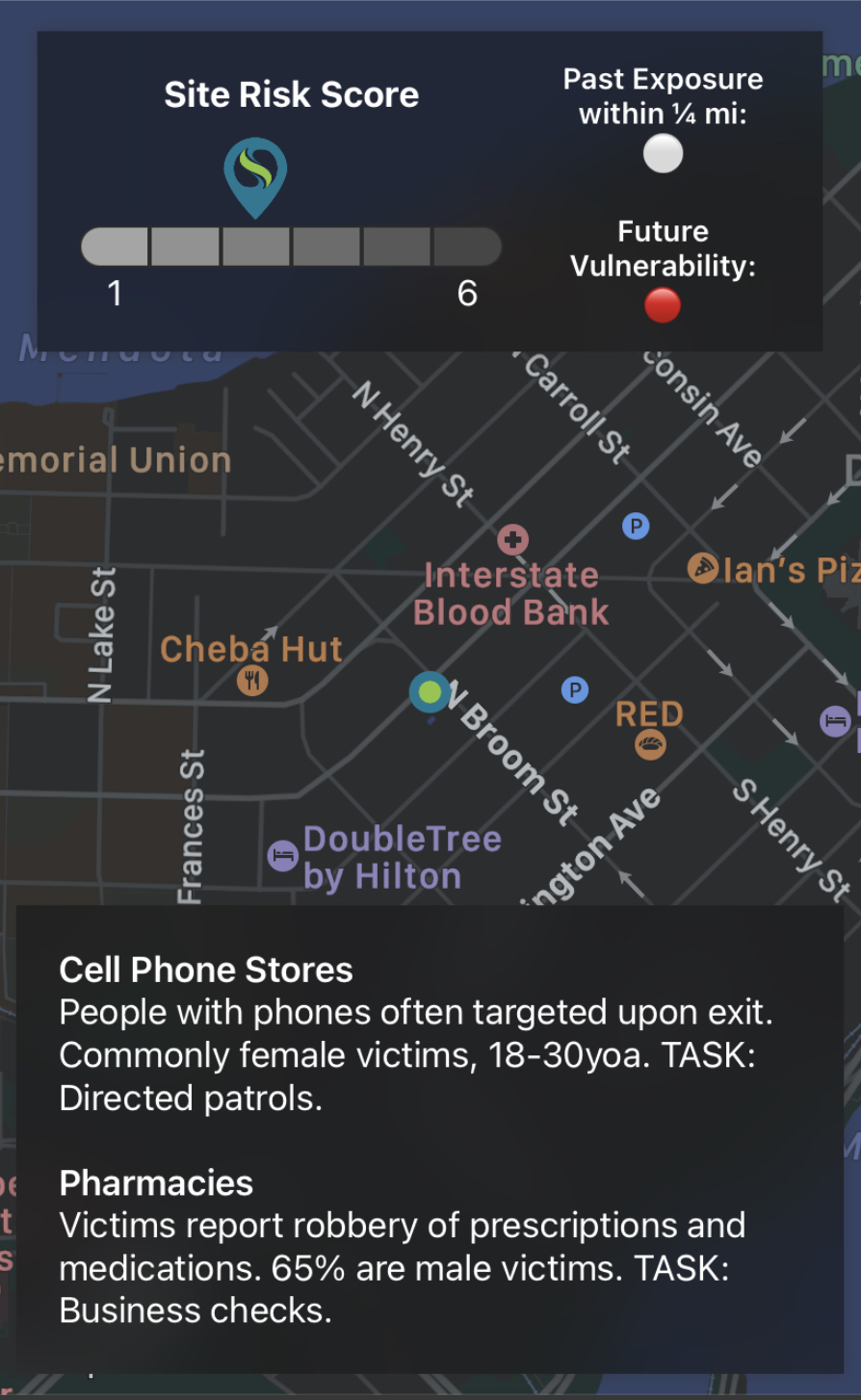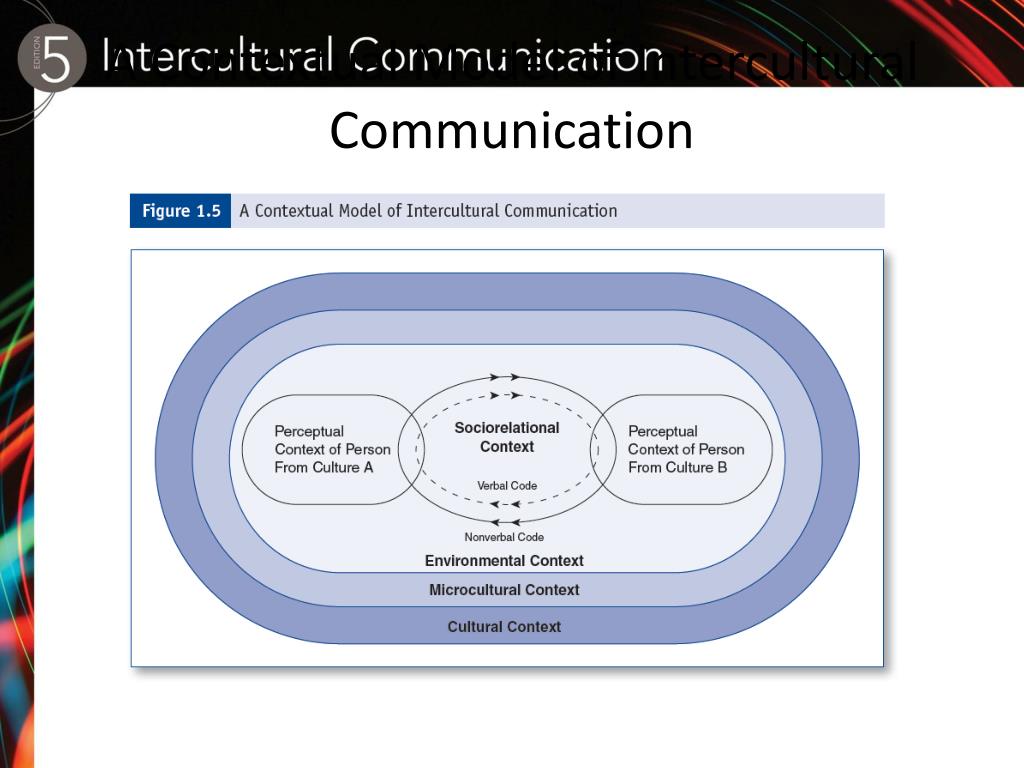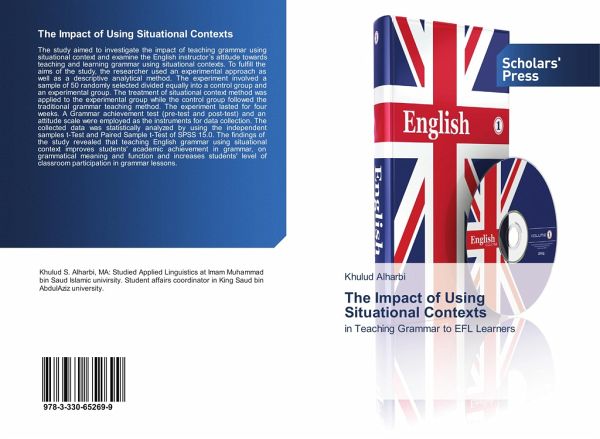

Thus, we contribute both to the general IS continuance literature as well as to the specific area of exergaming. We also offer explanations for these relationships, thus providing a first understanding of the previously unmapped area of how users behave situation‐dependently after critical exergaming incidents. Our findings provide a greater understanding of IS use continuance by revealing new knowledge about the relationships between specific situational characteristics (ie, purpose of use, type of gaming platform, social setting, place, and exertion level) and use continuance.

To do this, we quantita tively and qualitatively examined 461 actual critical exergaming incidents. To address these gaps, we investigate the relationships between specific situational characteristics and use continuance after critical exergaming incidents, in which the user has an exceptionally positive or negative experience. Situational Context - Setting Setting (home, classroom, coffee shop, library, mall, etc.) Come up with two examples to illustrate how setting might influence communication: What are the two settings How might communication differ between the two. However, their potential remains unreached because users tend to discontinue usage after their initial experiences. Situational Context Definition: The immediate setting for the communicative interaction Examples: setting/place, time, materials, specific people, activity. Studying exergames is deemed important due to their potential in providing health benefits for users, revenues for providers, and well‐being for societies. Furthermore, the link between situational context and use continuance has remained unexplored in the novel area of “exergames,” which are defined as digital games requiring physical effort from the player that determines the outcome of the game. Previous research has shown that situational context can be central for IS use continuance but has paid limited attention to its specific characteristics. Szolovits, P., Hawkinson, L., and Martin, W.A.: ‘An overview of OWL, a language for knowledge representation,’ Proceedings of the Workshop on Natural Language for Interaction with Data Bases, International Institute for Applied Systems Analysis, Laxenburg, Austria also available as LCS TM-86 (June 1977), MIT, Cambridge, Mass.Use continuance is crucial in terms of information systems (IS) success. The pharmaceutical or drug manufacturing industry, especially when viewed as a large, lucrative industry ultimately more concerned with generating. Swartout, W.: ‘A digitalis therapy advisor with explanations,’ Proceedings of the Fifth International Joint Conference on Artificial Intelligence, Cambridge, Mass. the meanings of health and illness are dependent on historical, cultural, and situational contexts/ stigma may be attached to certain disease states and to those who suffer from them. A risk narrative is a spoken or written account of how events, such as crimes, relate to other phenomena in the jurisdiction. and Sacks, H.: ‘Opening up closing,’ Semiotica 8 (1973). Develop spatial risk narratives to understand situational contexts. and Abelson, R.: Scripts, Plans, Goals, and Understanding, Lawrence Erlbaum Associates, Hillsdale, NJ. Furthermore, the link between situational context and use continuance has remained unexplored in the novel area of exergames, which are defined as digital. Moore, J.A., Levin, J.A., and Mann, W.C.: ‘A goal-oriented model of human dialogue,’ American Journal of Computational Linguistics, Microfiche 67 (1977). Minsky, M.: ‘A framework for representing knowledge,’ in: Winston (ed.), Visual Information Processing, MIT Press, Cambridge, Mass. Hawkinson, L.: ‘The representation of concepts in OWL,’ Advance Papers of the Fourth International Joint Conference on Artificial Intelligence, Tbilisi, Georgia, USSE (September 1975). Grosz, B.: ‘The representation and use of focus in a system for understanding dialogs,’ Proceedings of the Fifth International Joint Conference on Artificial Intelligence, Cambridge, Mass.

2973 ( January 1975 ), Bolt, Baranek and Newman, Inc., Cambridge, Mass.ĭeutsch, B.G.: ‘The structure of task oriented dialogs,’ Proceedings IEEE Speech Symposium, Carnegie-Mellon University, Pittsburgh, Pa. Brown, G.P.: ‘A framework for processing dialogue,’ LCS TR-182 (June 1977), Laboratory for Computer Science, MIT, Cambridge, Mass.īruce, B.C.: ‘Belief systems and language understanding,’ BBN Report No.


 0 kommentar(er)
0 kommentar(er)
